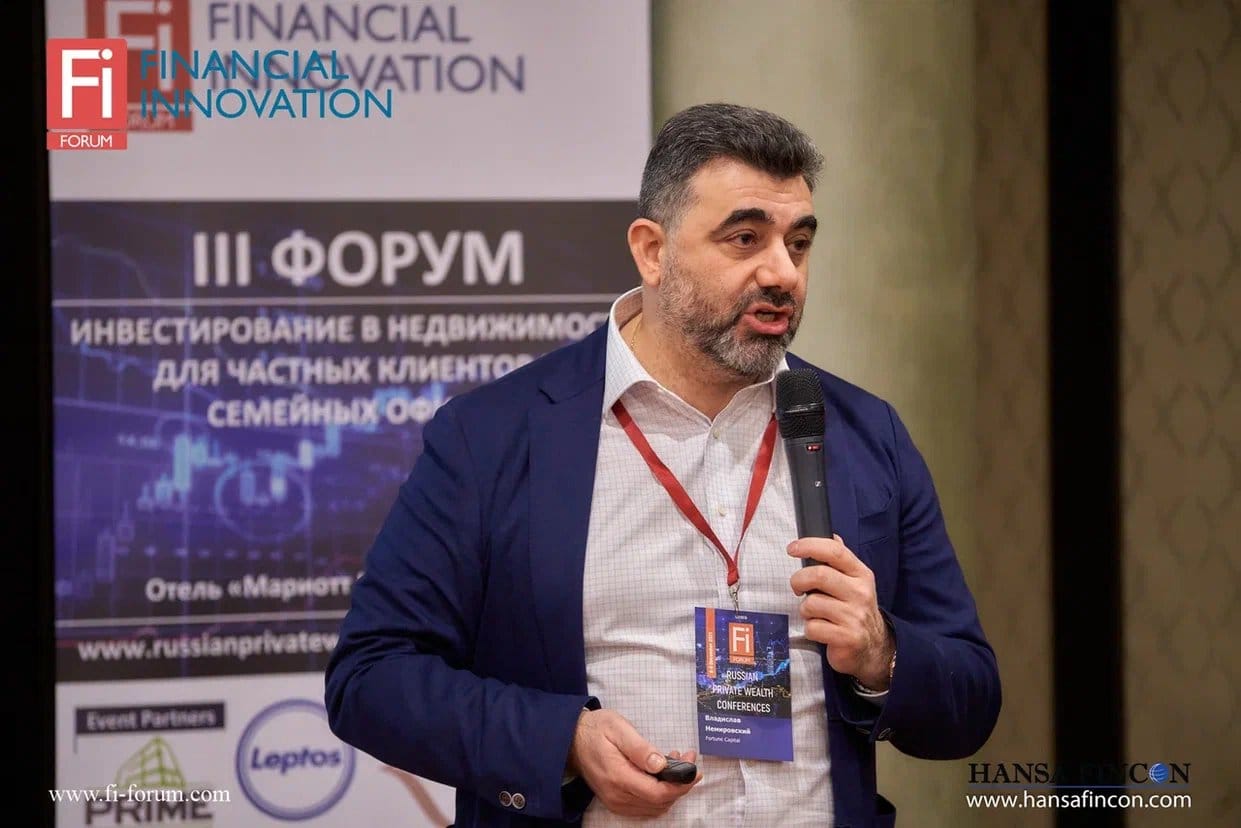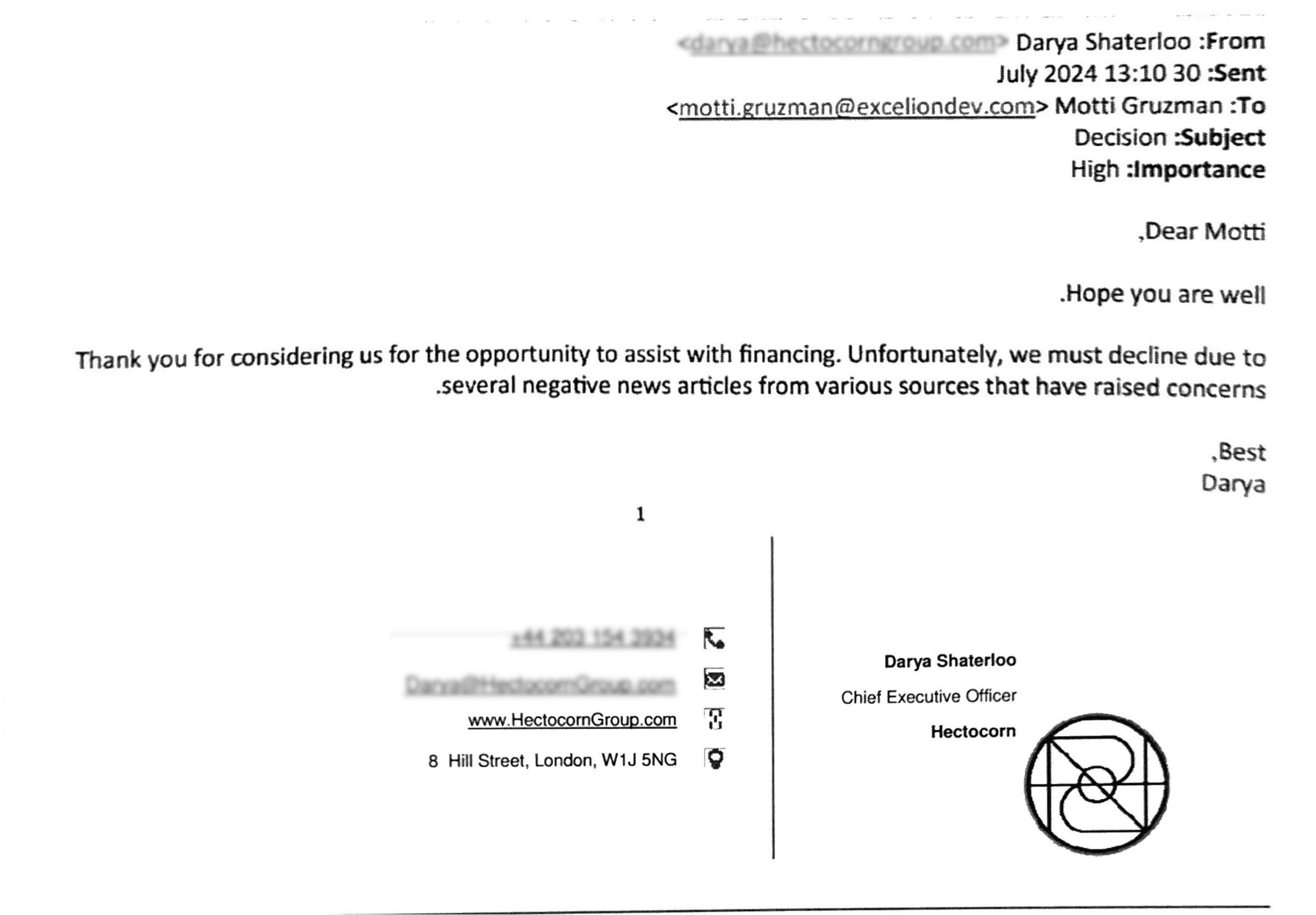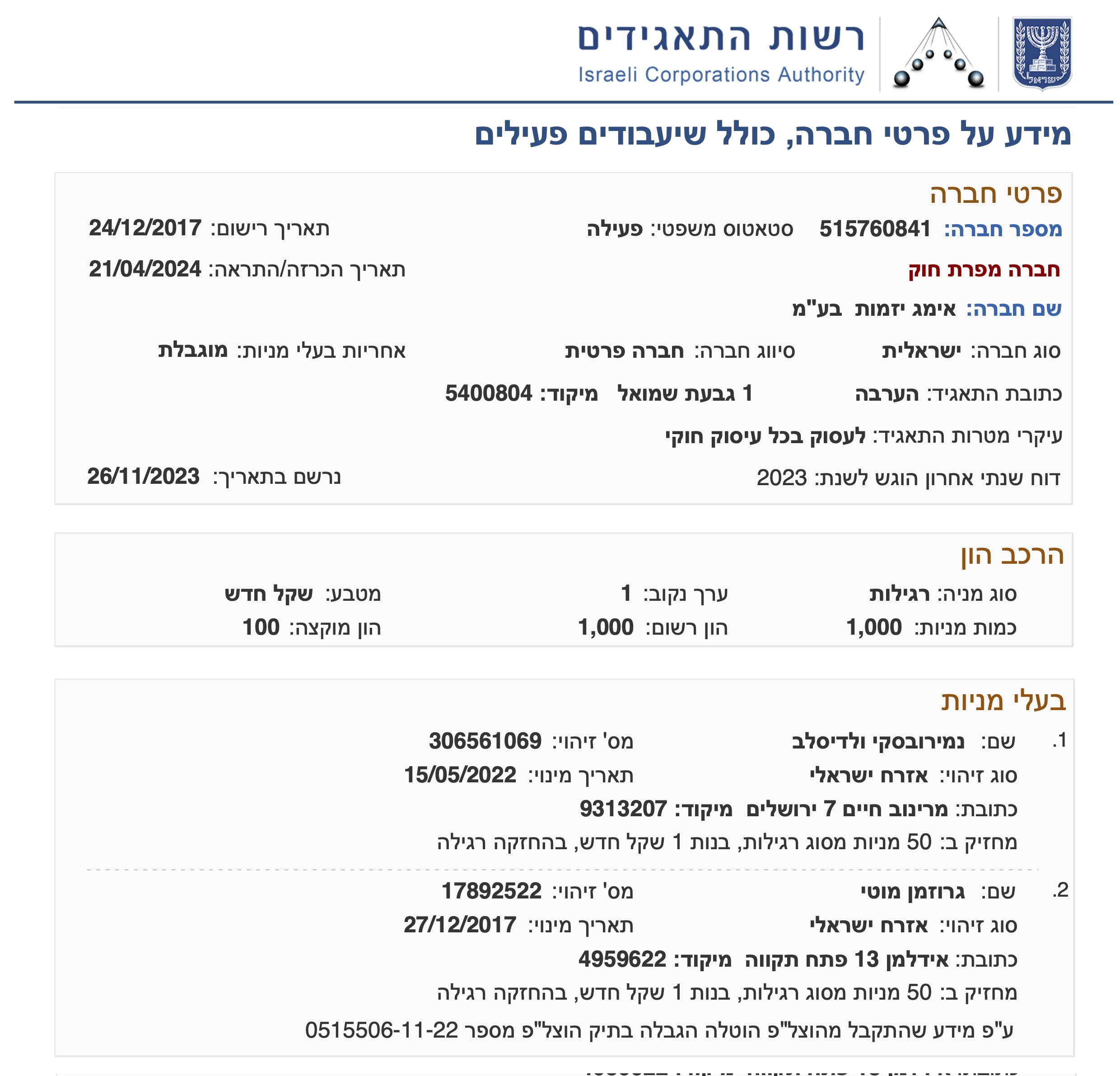Most Common Methods of Deceiving Investors - part II

Several more methods of luring innocent investors. We, at the Excellion Victims' Committee, are investigating with your help various patterns of action of Moti Grozman and Wald Nemirovsky. Read the article, you might recognize something you know.
Follow-up article. Most Common Methods of Deceiving Investors - Part I
6 . Pyramid Schemes
. Pyramid Schemes
Definition: Similar to a Ponzi scheme, but participants earn money primarily by recruiting new members rather than from returns on investments.
Mechanism: Each new recruit pays a fee, and that money is used to pay the recruiters above them. The structure eventually collapses when it becomes unsustainable to bring in new participants.
Example: Many multi-level marketing (MLM) operations have been accused of being pyramid schemes when the focus shifts from selling products to recruiting new members
7 . Real Estate Scams
. Real Estate Scams
Definition: Misleading investors about real estate properties, often through false valuation, fictitious development projects, or non-existent properties.
Mechanism: Scammers may claim to own property that they do not, exaggerate the value of properties, or sell the same property to multiple buyers. They may also promise high returns from non-existent developments.
Example: Selling overseas properties that are actually undeveloped land or claiming to be developing a resort that never gets built.
In the photo: Höllern Hotel by Excelion, Bruck, Austria. The investors were informed that "everything is fine", when the property has already been seized by the court in Austria.
8 . High-Yield Investment Programs (HYIPs)
. High-Yield Investment Programs (HYIPs)
Definition: Promises of extremely high yields, usually far above market rates, which are unsustainable.Mechanism: These schemes often use online platforms to solicit investments with the promise of large and quick returns. They operate similarly to Ponzi schemes, using funds from new investors to pay supposed "profits" to earlier ones.Example: Some cryptocurrency investment platforms have been accused of being HYIPs, where initial returns are given to lure in larger investments before the scheme collapses.In the photo: Excelion promises a 7% yield in Alva Park Costa Brava, Lloret de Mar, Spain, from the project's brochure.9 . Investment Clubs or Syndicates
. Investment Clubs or Syndicates
Definition: Fraudsters establish groups where investors pool their money, claiming that the pooled funds will be invested in high-yield opportunities.
Mechanism: These clubs often charge a fee to join or take a percentage of the profits. However, in many cases, the funds are either not invested as promised or are misappropriated.
Example: Promising exclusive access to high-return investments in industries like real estate, technology startups, or forex trading.
Sound familiar to you?
Write to Excelion Victims Board on WhatsApp or to our e-mail.
 .
.  . High-Yield Investment Programs (HYIPs)
. High-Yield Investment Programs (HYIPs) . Investment Clubs or Syndicates
. Investment Clubs or Syndicates


















